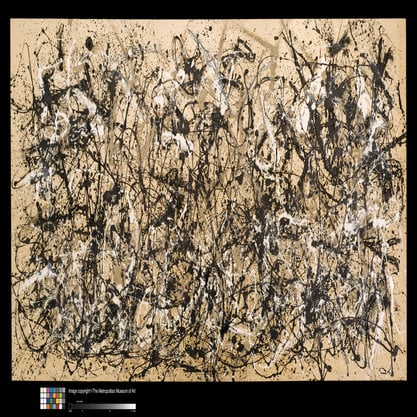Article
Ju Ming (1938–) By Liao, Hsin-Tien
Article
Ju Ming, also known as Ju Chuantai, is one the most prominent Taiwanese sculptors to have emerged in the latter half of the twentieth century. Born in Miaoli County in northern Taiwan, he originally trained in wood sculpture, carving traditional figures such as those of the Buddha and Mazu, the sea goddess. In 1968, he decided to shift his focus to the depiction of modern themes. He studied with the famous sculptor Yang Yuyu, who suggested he change his name from Ju Chuantai to Ju Ming to signify this change in artistic direction. Ju’s early works explored aspects of Taiwanese folk life, often depicting farmers, domestic animals, or oxcarts. His geometric and abstract style of artistic execution was often compared to the vivid and expressive Xieyi (寫意) brush technique used in Chinese ink-wash painting. His works were also praised for their ability to combine Chinese folk culture and artistic traditions with modern sensibilities. He attracted great attention from both the public and critics at his first solo show at the National Museum of History in 1976. In 1971, following the expulsion of the Republic of China (ROC) from the United Nations, his works were seen as representing Taiwan’s artistic spirit and its nativist cultural movement.


